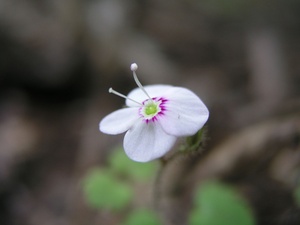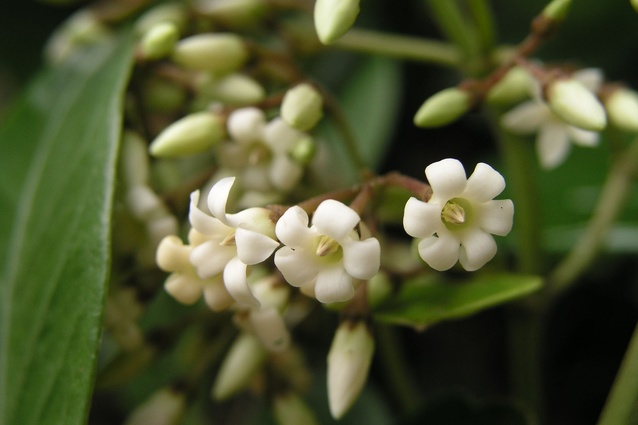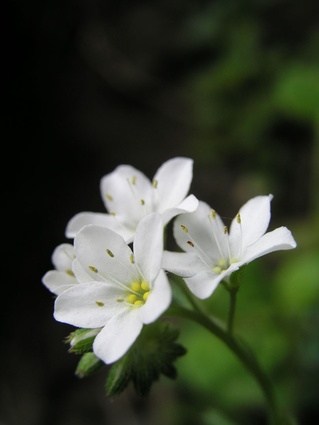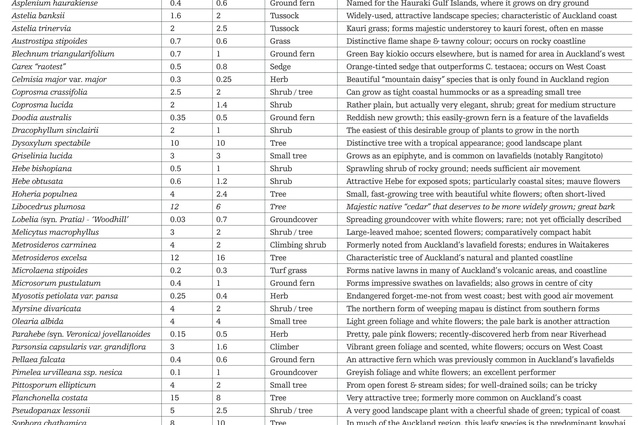A second look
Part 2 in a series looking at regional variations in native plant life. Philip Smith takes a look at his own city: Auckland.
“All the rest of the city is invisible. Phyllis is a space in which routes are drawn between points suspended in the void: the shortest way to reach that certain merchant’s tent, avoiding that certain creditor’s window… Many are the cities like Phyllis, which elude the gaze of all, except the man who catches them by surprise.”
Invisible Cities, Italo Calvino
The passage above alludes to the way in which we can become consumed with the quotidian rhythms of our cities, to the extent that we fail to see the beautiful and distinctive features that make a place special. I have often been reminded of this as I‘ve discovered surprises around Auckland, in places that I hitherto considered to be unremarkable.

It pays to take a second look at the places in which we live (to try and “catch them by surprise”, as Calvino’s narrator, Marco Polo, says), especially in a city such as Auckland, where dialogue about urban sprawl or traffic issues more readily beckons our attentions.
Revelations may take the form of small details in unexpected places, such as the occurrence of robust, tussock-like clumps of Dianella (most likely D. latissima) on the comparatively sparse headland of Point Chevalier, or the enduring presence of a rare variety of kanuka (K. ericoides var. linearis) at the northern foot of the Harbour Bridge. Alternatively, it applies to deeper investigation of the more well-known landscapes that stand at the city’s horizons (such as the Waitakere Ranges, West Coast beaches and Gulf Islands), that contain a surprising diversity of ecologies and species (many of which are yet to register with the landscape industry).
With regards to the latter category, the abrupt change in topography and geology at the point where Auckland’s West Coast meets the Tasman Sea hosts a range of interesting species. Some of the impressive cliffs that rise sharply for so much of the coastline are adorned in springtime with the flowers of Sophora fulvida (a kowhai that achieves its greatest abundance in the Waitakeres), followed by the white sprays of the attractive climber, Parsonsia capsularis var. grandiflora (a form that is native to the northern-half of the North Island). A beautiful, nationally endangered forget-me-not, Myosotis petiolata var. pansa, also endures at a number of sites along this coastal fringe, where its attractive white flowers appear in summer.
If we cast our gaze in the opposite direction, the Gulf islands serve as a fascinating repository of species that were formerly more common on the coastal fringe of the mainland, such as the glossy-leaved tawapou (Planchonella costata) and the vibrant, light green ewekuri, Streblus banksii. Both of these species have been used to a minor extent (especially within public plantings), but are deserving of much wider use by landscape architects. Amongst many potential examples from the Gulf islands, two other plants that have proven their worth as landscape plants are Pimelea urvilleana ssp. nesica (an outstanding groundcover) and Hebe pubescens ssp. sejuncta (a particularly good variety of Hebe that is commonly sold as H. ‘Mokohinau’).
Woodhill Forest is an interesting corner of the region, where Pseudopanax ferox (which is naturally rare in the wild) can be found, as well as an especially attractive and useful form of the weeping mapau, Myrsine divaricata. Meanwhile, just to the east, near Riverhead, one of the most significant botanical discoveries of recent years, Parahebe jovellanoides hangs on in the only patch of forest in which it has ever been found. Discovered in 2007, this pretty, little herb is an apt point on which to end this account of some of Auckland’s plants – as an example of the kind of surprises that this densely settled region’s varied landscapes have to offer.















